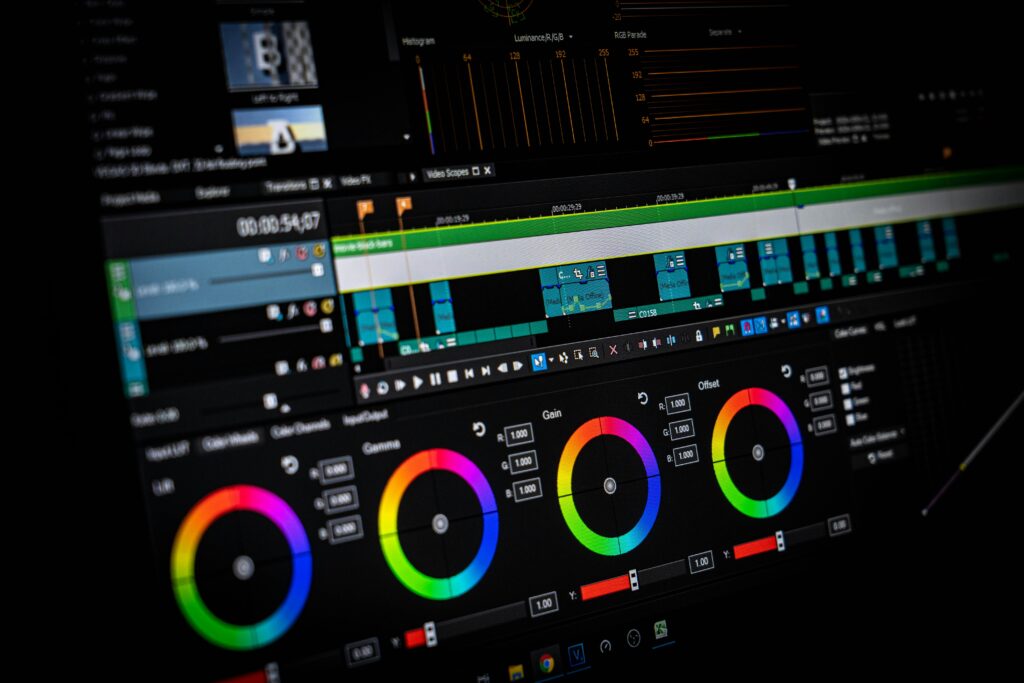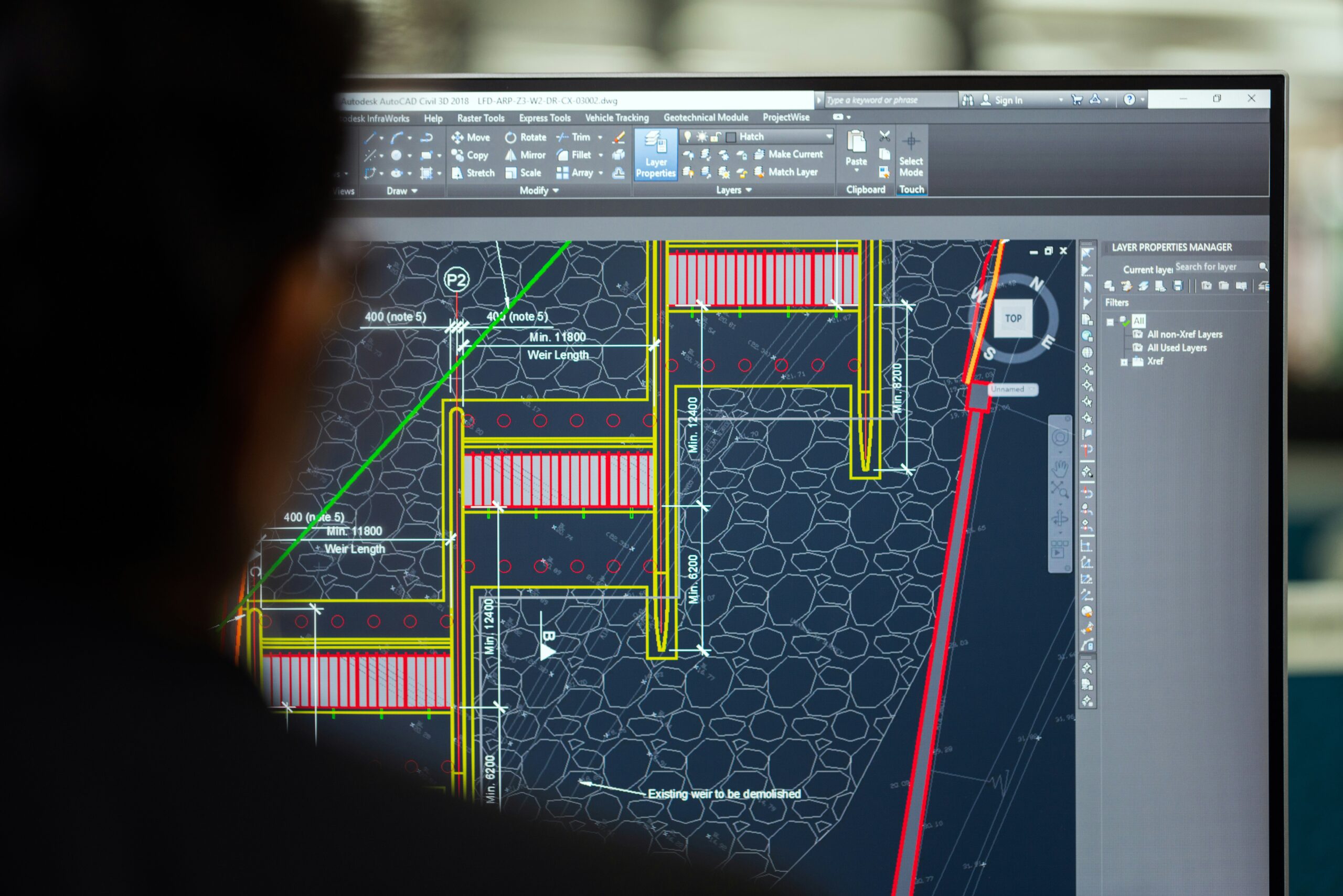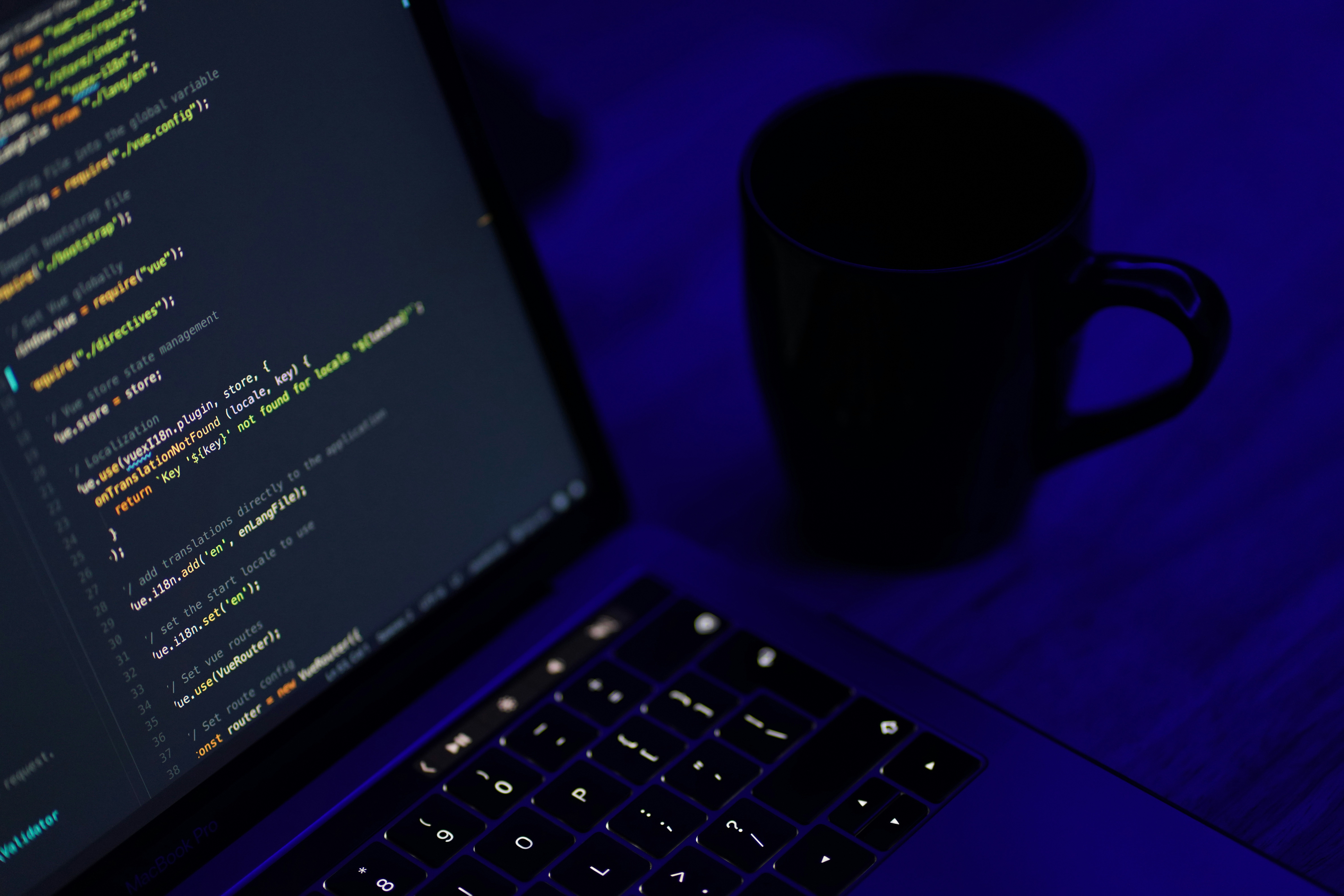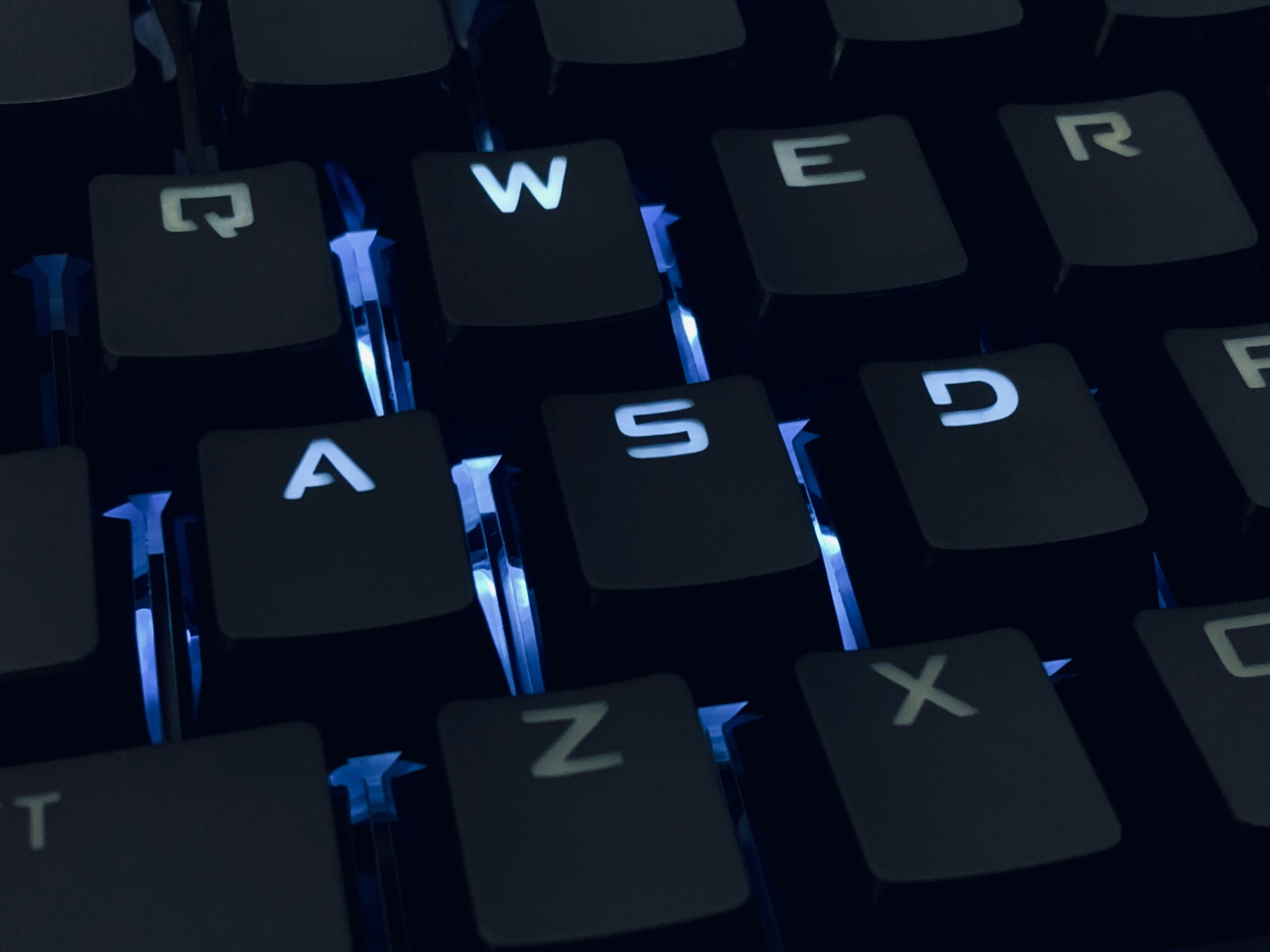Blender is today an integral part of the game developers’ arsenal, and no surprise. Blender’s simplicity, enormous functionality and ability to create 3D material from models to animations has popularized it with both the small development house and big development houses. But Blender Game Development is not only about creating visual effects, but a serious utility for workflow automation and collaboration with game engines such as Unity and Unreal Engine.
In this article, we and Celadonsoft will be leveraging how to use Blender for game development in the most efficient way. We will share best practices, useful techniques and best practices that will not only allow you to produce high quality 3D assets but also incorporate them into real gaming projects. You will learn how to speed up work processes, optimize resources and make your games not only good-looking but productive as well.
Blender as a 3D-Modeling Instrument in the Game Industry
Blender has become one of the most powerful and intuitive 3D modeling instruments, and in the last several years has become part of the workflow of many game developers. It allows you to create models that are perfect for use in various game engines such as Unity or Unreal Engine, thanks to its simplicity and powerful tools.
Modeling Characters, Objects and Environment
Blender offers vast potential for modeling both complex characters and small objects such as weapons, vehicles or architectural elements. It starts with basic shapes, which can then be altered by using modeling tools such as Extrude, Subdivide and Loop Cut. These tools allow you to create even the most complex geometric shapes easily. For more organic objects (such as animals or characters) is used Sculpting – tool, which allows you to “sculpt” the model, as from the clay, with particular usefulness for creating detailed models.
Game Engine Model Optimization
In game process, a critical part is not only visual attractiveness of the models, but their performance. Blender possesses powerful optimization features that allow developers to balance quality and performance. One such feature is the Decimate Modifier, which reduces the number of polygons without changing the object’s shape. It must be remembered that game models must be optimized for real-time rendering at high speeds, which includes careful work with geometry and textures.

Utilizing Modifiers and Shaders in Blender for Enhancing Object Quality
One of the strong points of Blender is the availability of modifiers that automate and accelerate the model creation process. For instance, the Subdivision Surface Modifier enhances the smoothness of the object by adding more geometric detail without adding complexity to the grid. It is also worth mentioning the work with shaders in Blender, which are utilized to produce materials with realistic features like reflection, transparency and texture, giving game objects depth and realism.
Texture and Materials: Achieving Realism in Your Models
Texturing is among the processes of game 3D object creation that allows to add realism and bulk to models. In Blender Game Development, texturing can be done through a variety of methods, ranging from straightforward texture overlay to complex procedural materials.
Texturing in Blender
The first what you need to do to texture the model is create a UV-Display. That is the step when 3D-model “sprays” on plane to lay on itself the texture. There are instruments for this task in Blender: for instance, UV Unwrap will help you to deploy the model correctly. You should remember that the quality of UV-unfurling, directly affecting the result, that’s why you should be strictly close to the seam selection and restrict their quantity.
Procedural Materials
Procedural texturing in Blender refers to the possibility of creating textures without using real images. Rather than using pre-existing photos, you can create textures with the help of mathematical functions. It is ideal for creating specific and dynamic textures such as stone, dirt or metal. In Blender, you can use the Shader Editor and various patterns (noise, Voronoi) to allow you to control the appearance of materials based on various criteria (such as lighting or angle).
Texturing for Different Game Genres
Textures play an important role in the game’s visual style, and for each genre, the texturing can be performed in an entirely different manner. For example, in fantasy games it would be preferable to use more vibrant and fantasy textures such as magic lights or magical surfaces, but for realistic ones one needs to copy the surface details: Wear, rust, dirt, etc. It is also noteworthy to consider that the requirements of engines such as Unity or Unreal Engine may limit texture size for optimal performance.
Animation and Rigging: Animating Living Objects and Characters
Animation and rigging are core game design stages, especially when working with characters or complex mechanisms. These stages allow models to “come to life” by making static objects into interactive game objects.
Core Principles of Rigging and Skeletal Animation Creation
Rigging is what you do to create a skeleton framework for a 3D model. Blender Game Development uses an armature system (frames) so you can rig the bones to the model geometry. Each bone in the skeleton will control part of the model, i.e., the character hand or leg. The bone structure has to be properly aligned, so the animation appears natural.
When the frame is created, then comes slinging – tying the model on to the bones. Blender allows different weights at each vertex here, where you get a more targeted influence on what happens when you move the model around. It matters most when applied to characters because mis distribution of weight makes the model limp or comically animate.
Usage of Animations in Character and Machine Objects
Animation is what animates your model. Blender can do simple animations (walking, running, jumping) and more complex movements. Use action editor and dope sheet to make motion sequences and manage the time gaps between them.
For mechanical objects (such as doors, weapons, cars) also important to rigging, but the motion will be due to mechanical concepts such as rotation and compression. Blender has a constraint system that does this, and you can readily constrain objects so that they physically move according to laws.
Game Engine Animation Optimizing Tips
After the animations are done, they need to be optimized for them to be included in the game engine. Consider that there should be a certain frame per second (FPS) and steer clear of data overload, which may slow down the game. Optimize the animations for the different devices too, such as mobile devices or consoles, where there are limited resources available for special treatment.

Export of Models and Integration with Game Engines
After creating 3D models and animations in Blender Game Development, the next step is to export and integrate into the game engine. It is important to prepare the model correctly so that it works properly in the engine and does not cause problems with performance.
File Formats for Export from Blender
Blender supports several popular formats for exporting models:
- FBX is the most widely used format for game engines, supporting both geometry and animation, materials and textures.
- OBJ is a simple format for exporting models without animation and materials, ideal for static objects.
- GLTF – a new generation format that supports all the necessary data (geometry, texture, animation) and is optimized for web applications.
Before exporting, it is important to make sure that all data (animations, textures, materials) are correctly prepared and that they will be displayed correctly in the engine.
Integration with Game Engines: Unity, Unreal Engine and Others
After exporting the model, it is necessary to integrate it into the game engine. Unity models are usually imported via FBX, after which you can customize animations and materials in the editor. Unity also supports Shader Graph, which allows you to easily customize the visual effects for your models.
Optimization Tricks of Models for Real-Time Use
Before you put the model into a game, it is important to optimize it for real-time operation. This includes reducing the number of polygons, using Level of Detail (LOD) for objects that will be displayed at different distances from the camera, and checking for possible performance issues (e.g., too large textures).
Make Use of Scripts and Add-ons to Improve the Workflow
Blender is not only a modeling powerhouse, but a full https://celadonsoft.com/react-development-company React development environment, enhanced with scripts and add-ons. Such add-ons have the potential to significantly improve the workflow by eliminating the tedious work and introducing additional functionality for game developers.
Convenient Add-ons for Blender in Game Development
The Blender add-on package provides convenient features that help you create better and more advanced game projects. Among the most used and useful add-ons:
- BlenderKit is an add-on that provides a collection of models, textures and materials which can be used directly in the project. It saves time to create content and guarantees quality.
- Auto-Rig Pro is one of the best add-ons for automatic character rigging. It can be used to easily create a skeleton for the character and customize it for animations.
- UV Packmaster is a tool for more efficient and accurate packaging of UV-depliers, which is especially important for the optimization of textures.
- Animation Nodes is an add-on for creating complex animations and procedural effects, to be utilized in creating games that have dynamic objects.
Custom Scripts for Individual Processes
Blender Game Development allows you to make your own Python scripts for automating simple tasks and enhancing workflow:
- Automating rendering setup: Scripts can be used to automatically set up rendering configuration for different object types so that it becomes quicker to generate and test sets of games.
- Export scripts to the game engine: Python export scripts can be used to export models and animations directly into the game engine so that less file transferring between Blender and the engine has to be done manually.
- Procedural content generation: You can create content generators that will procedurally generate structures or details for the procedural maps.
Gaming Project Performance Optimization Tips in Blender
Performance optimization is one of the most important aspects of game design, particularly when it’s about designing models and animations which are supposed to run in real time. There are several different tools and methodologies available in Blender that will alleviate the load from your system as well as provide a faster workflow.
Polygonal Load Reduction and Model Optimization
Maybe one of the most important tasks for coders is to generate models with low polygonal burden without losing quality. Some recommendations here are:
- Working with modifiers: There are some modifiers such as Decimate or Subdivision Surface that give a reduced number of polygons without perceiving visual loss.
- Utilizing LOD (Level of Detail): For far-away objects from the camera, you can render simplified versions of models. This allows to reduce the polygons which must be rendered, without compromising the visual perception of the game.
- Reducing the unnecessary vertices: At the time of model creation, vertices should be kept in check, especially for complex models which could have an abundance of geometry.
Methods to Reduce the Rendering Time
As a step to save time spent on rendering and game set preparation, implement the following methods:
- Texture optimization: Procedural textures or lower resolution textures reduce the rendering time and file size. And don’t forget to compress the textures for games to make them smaller.
- Reduction of light sources: Less number of light sources in the scene – less time consumed in rendering. Use light sources judiciously, especially when rendering scenes of multiple objects.
- Use Bake on complex materials: If your game uses complex materials such as shaders with normal cards or lighting, you can “bake” them to avoid repeated real-time calculations.

Objects Optimization Using LOD
Level of Detail (LOD) is a technique that allows you to achieve the best performance by drawing different levels of the object with different levels of detail. The object will be less detailed as it gets further from the camera. This technique is used to reduce the burden on the system significantly, especially when creating large open worlds or complex scenes.
Celadonsoft: “Model and animation optimization for the game engine provides an opportunity to drastically improve the game performance and rendering speed. The correct solution to these issues enhances the working efficiency and comfort of the project, particularly essential in mass game projects.”
